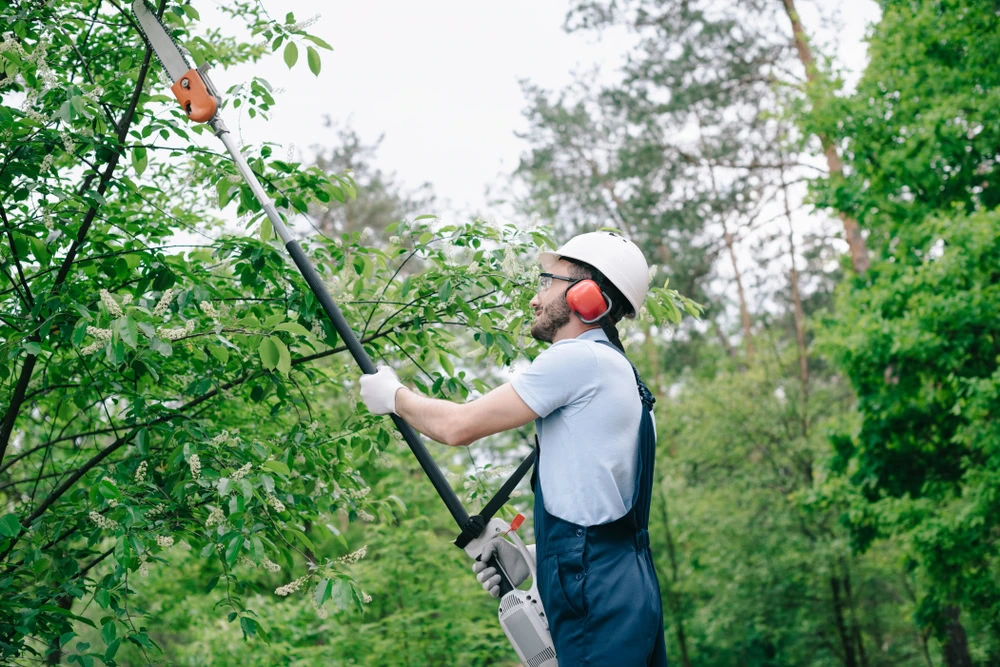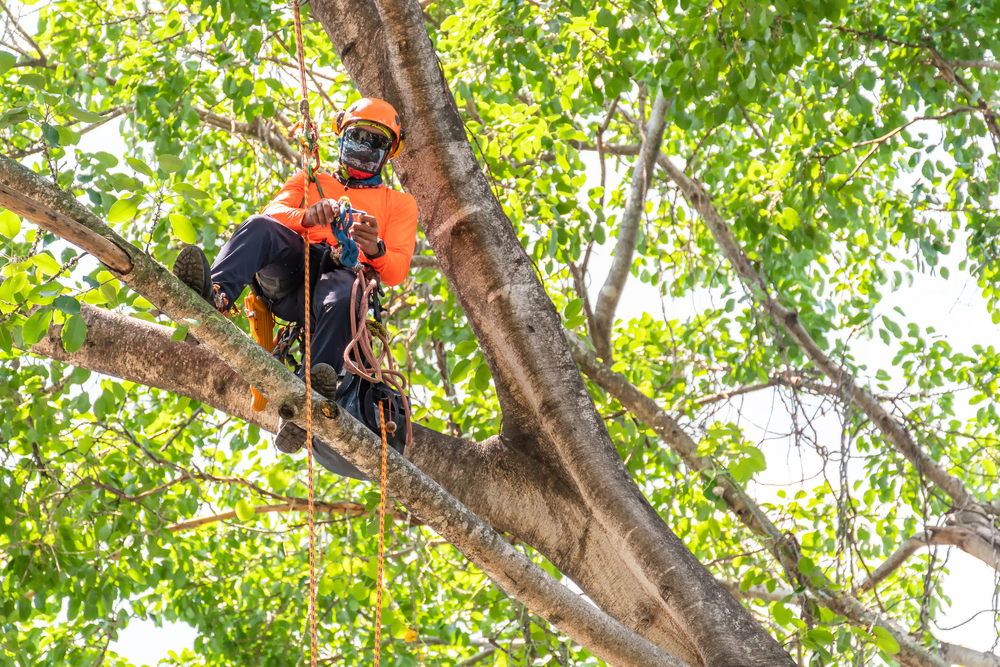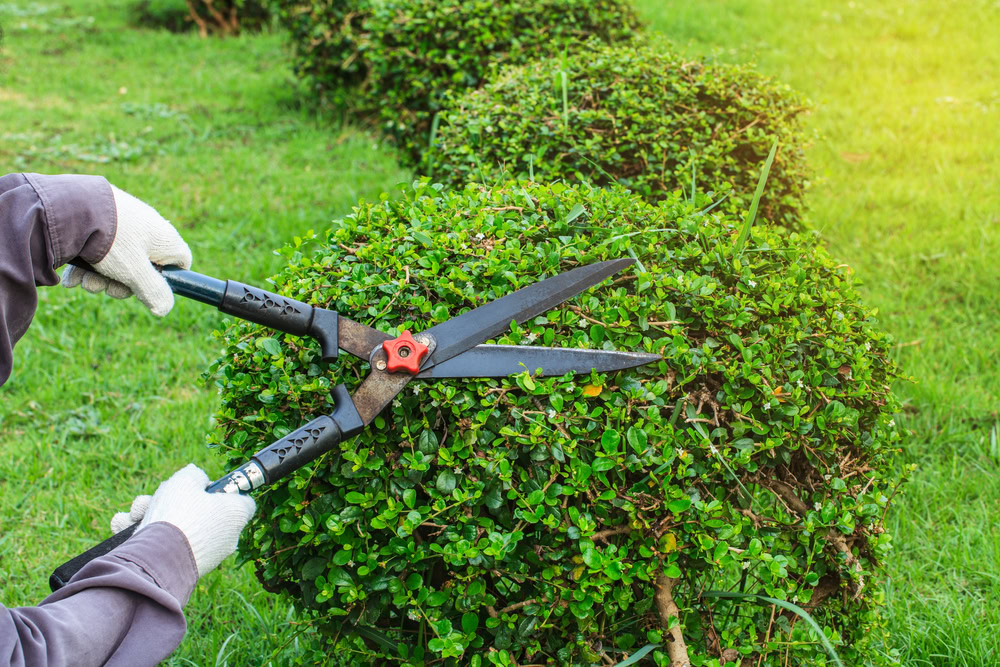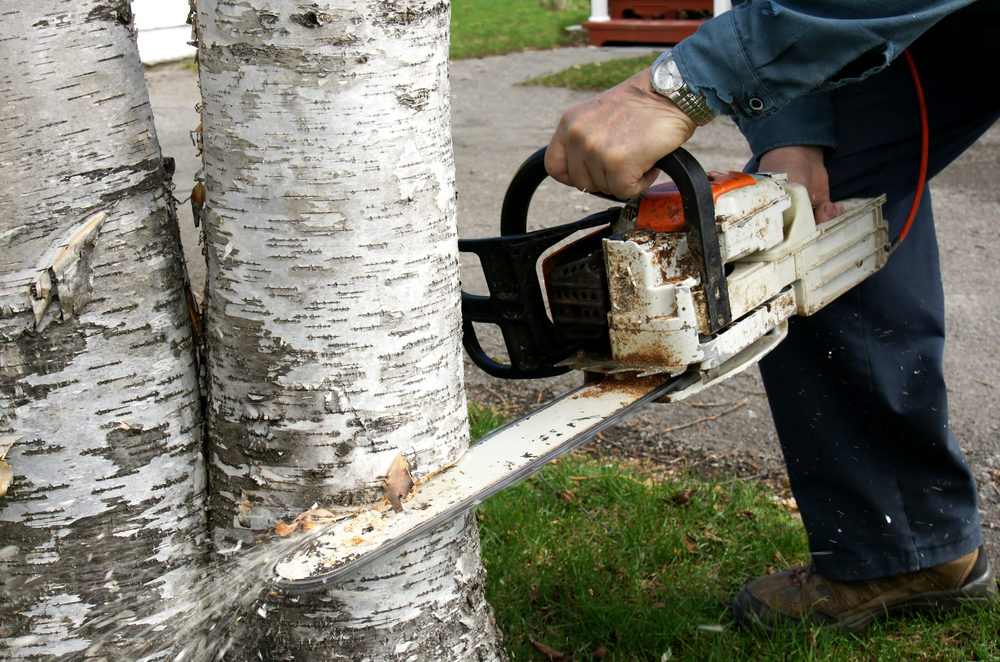When and Why You Should Consider Tree Removal
Tree Health: The Primary Indicator
A healthy tree is a thriving ecosystem in itself, providing numerous benefits to its environment. Its presence can improve air quality, offer shade, and even boost property values. However, the scenario changes drastically when a tree is diseased or dying. Such a tree not only stops contributing positively but can also pose potential threats to its surroundings.
Observable signs of poor tree health include abnormalities in the bark, such as peeling or cracks, decay indicated by soft or crumbly wood, visible fungus growth, and wilting or discolored leaves. A tree exhibiting these signs over a prolonged period might be beyond recovery. In these circumstances, its removal becomes necessary to prevent the possible spread of diseases to neighboring plants and to eliminate any safety risks it might pose due to falling branches or the entire tree itself.
Structural Instability: A Red Flag
Trees are living organisms that, like any other, can suffer from health conditions. Structural problems in a tree often signal an impending risk that must be addressed promptly. Indications like a leaning trunk could point to uneven or halted growth. Cracked or weak branches are another giveaway, suggesting the tree may not withstand heavy winds or storms.
Additionally, rot in the tree’s main body can be a sign of internal decay and impending collapse. The proximity of the tree to property, public areas, or places with pedestrian traffic increases the urgency for removal. A structurally compromised tree could fall unexpectedly, causing property damage or even injury to people. In such cases, tree removal is not just about maintaining aesthetics or plant health; it becomes a critical safety measure.
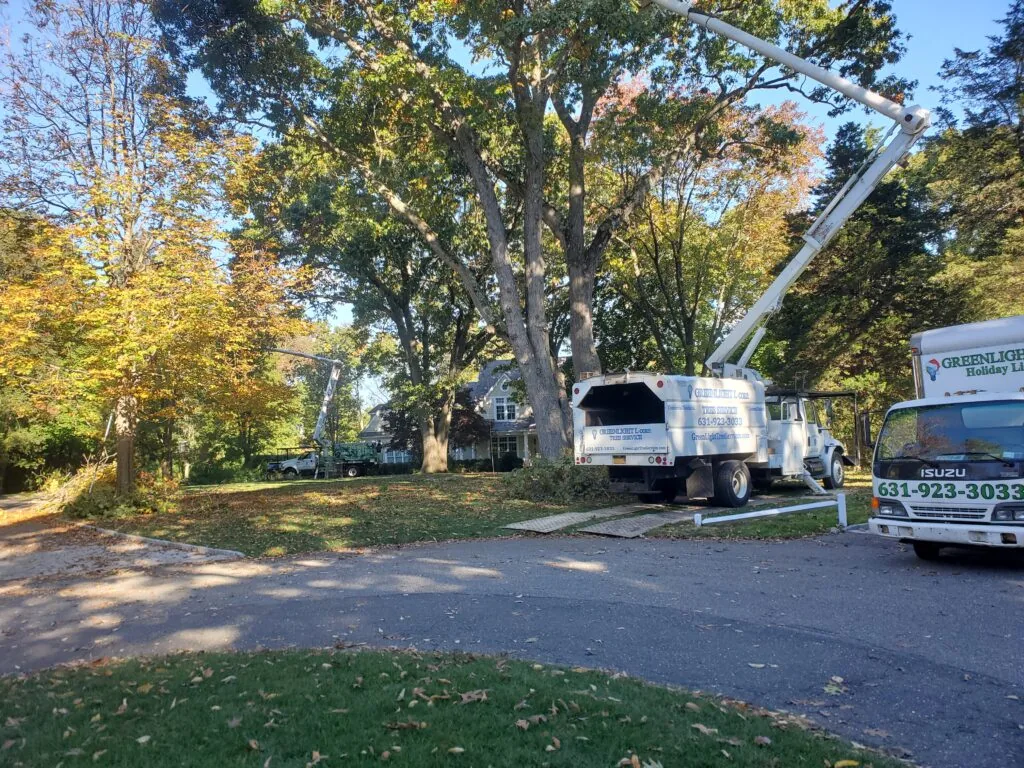
Pest Infestation: An Unseen Threat
Many pests and insects, although small in size, can have a tremendous negative impact on trees. These micro-menaces, including termites, beetles, and certain types of caterpillars, can severely damage a tree, often from the inside. Their harm can be so severe that it necessitates the tree’s removal to prevent the pests from spreading to other healthy trees or even to structures nearby.
Early detection is crucial in dealing with pest infestations. Observing unusual insect activity, finding sawdust piles near the tree, and hearing hollow sounds when you tap the trunk are signs of potential infestation. By detecting these early on, you can either treat the problem or, if necessary, remove the tree to prevent further spread of the infestation. Remember, a proactive approach to tree health can save you from significant problems down the line.
Tree Death: The Final Stage
A dead tree serves no benefits and poses a significant threat, becoming a liability over time. Dead trees lose their structural integrity, becoming prone to falling over in the slightest of adverse conditions. Signs of a dead tree include a lack of leaves when it should be in full bloom, brittle bark, and limbs that easily break off.
Root Health: The Foundation of a Tree
The health of a tree’s roots is as essential as the health of its branches and leaves. Root problems can lead to instability, nutrient deficiency, and eventually, tree death. Look out for mushrooms growing at the tree’s base, visible roots showing decay, or soil heaving up around the tree. These could be signs of compromised root health requiring tree removal.
Tree Age and Size: Matters of Consideration
Even healthy trees may require removal due to their size or age. An oversized tree close to property or power lines can pose risks, and removal might be the safest option. Furthermore, very old trees are more likely to have hidden internal decay, making them unstable. Regular tree inspections by professionals like Green Light Tree Service can help detect such issues early.
